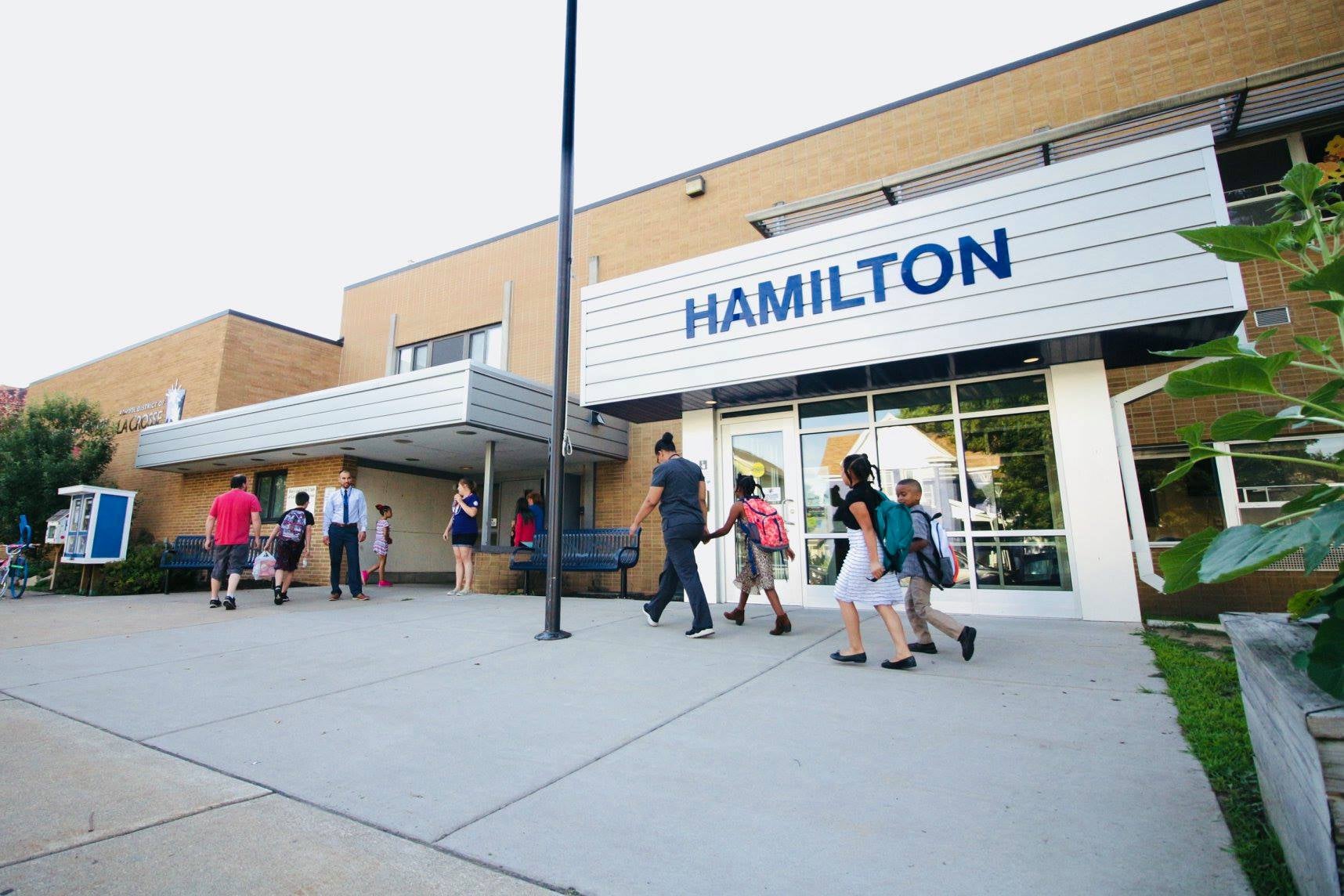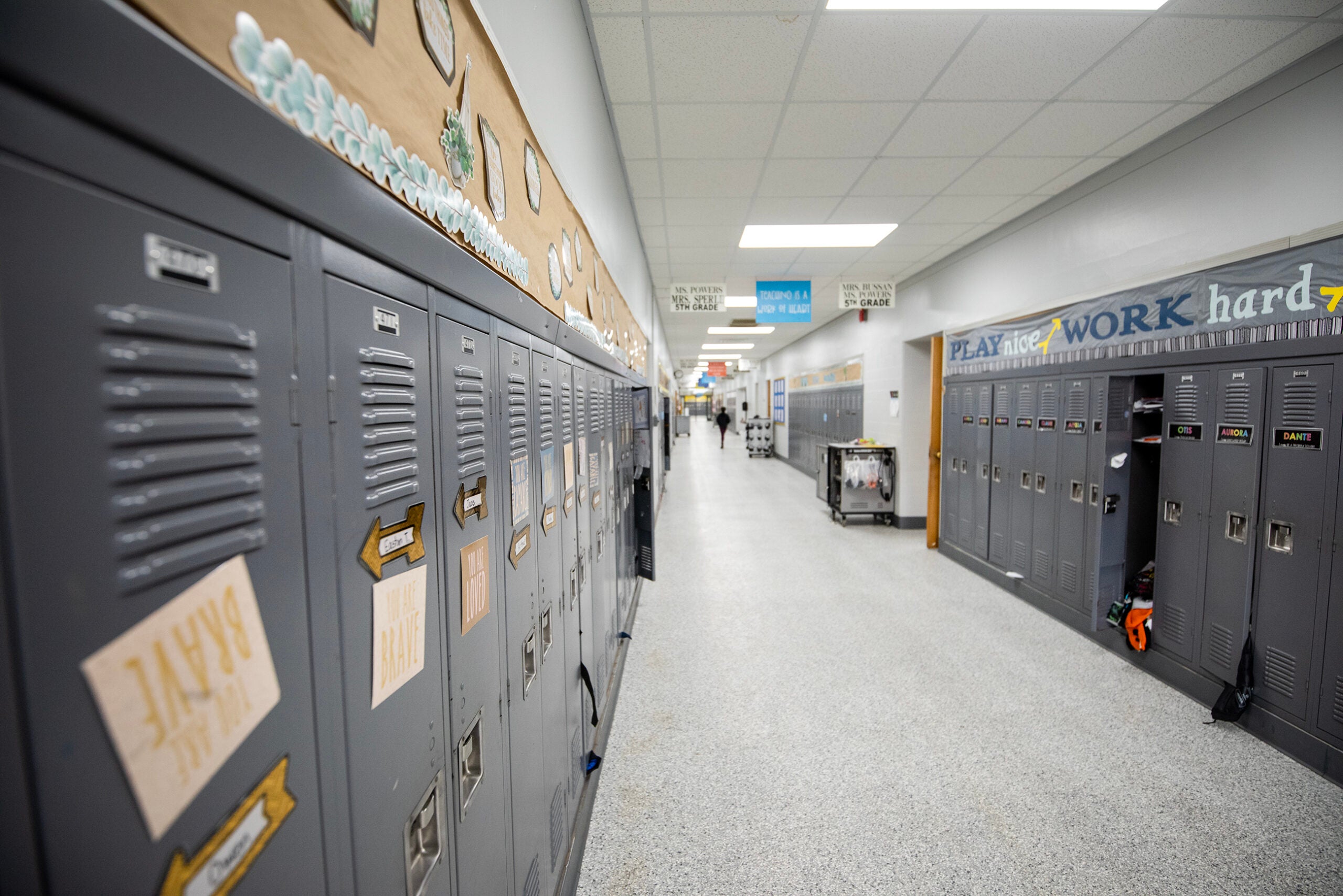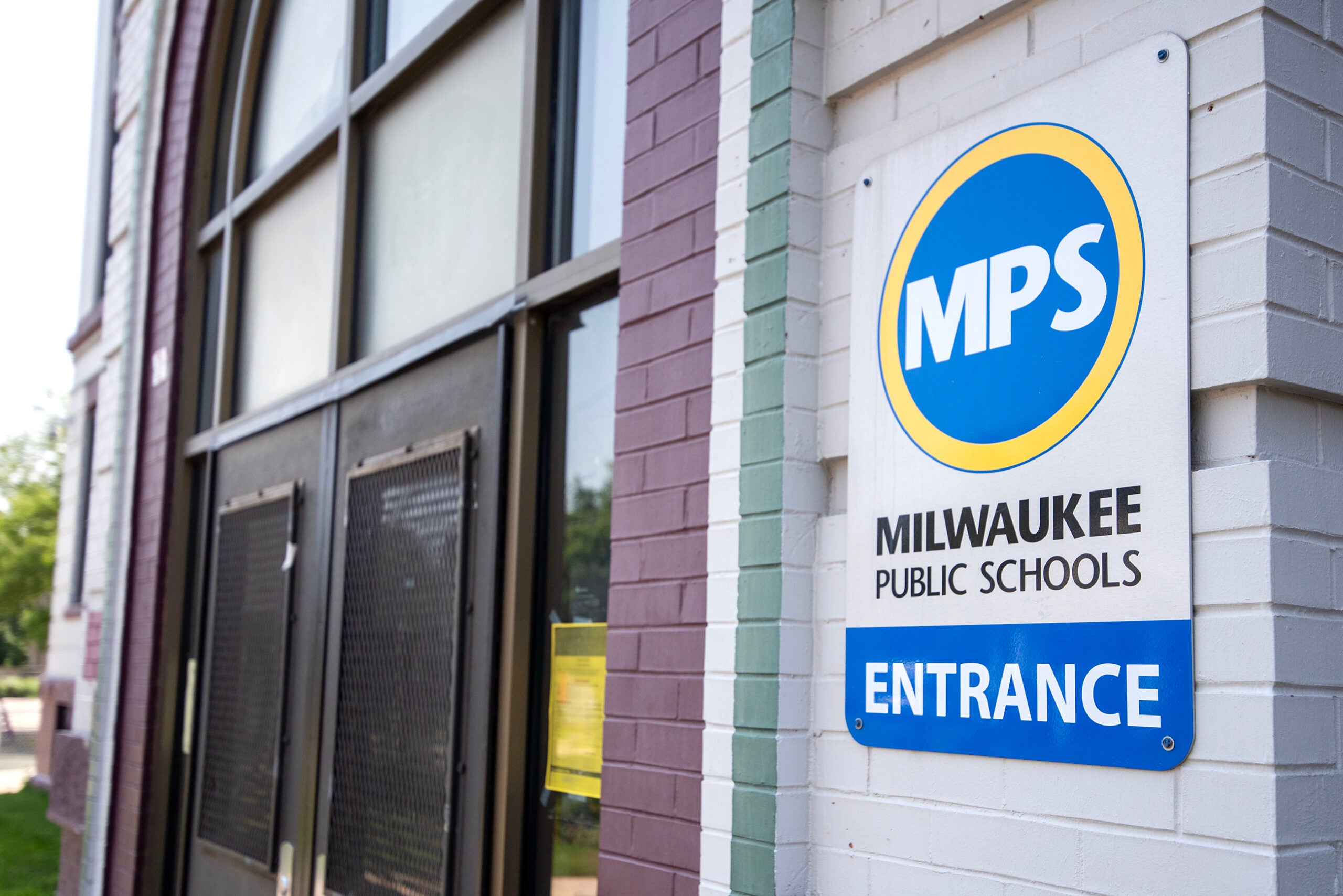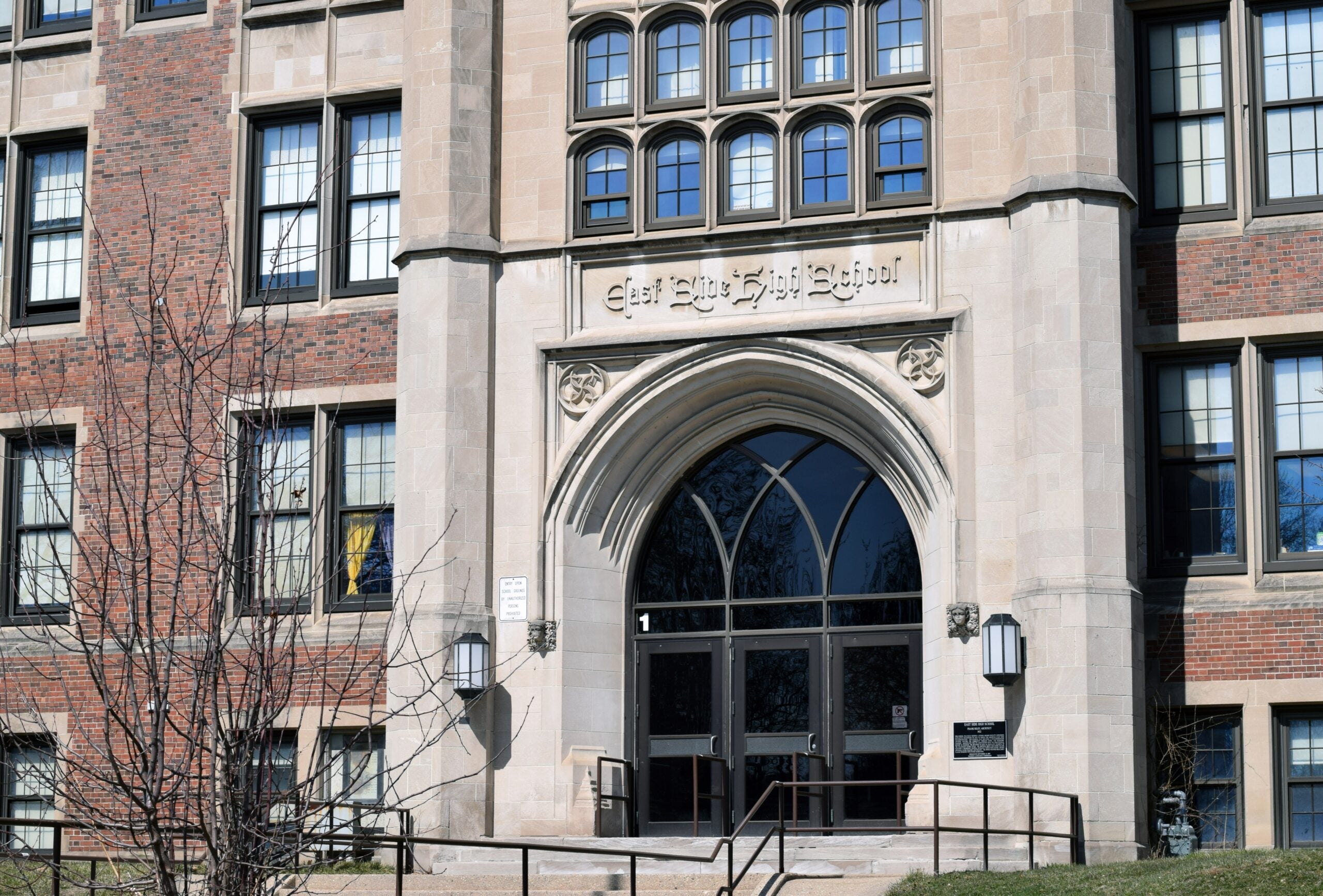The School District of La Crosse has decided to end the year-round calendar at one of its elementary schools after nearly a decade.
Hamilton Elementary is one of two elementary schools in the district that operate on what’s called a “45-15” calendar, where students attend nine weeks of school then go on a two- to three-week break and summer break is shortened to six weeks. When the district made the change in 2013, leaders hoped more school days throughout the year would prevent learning loss over the summer — or what’s called the “summer slide” — help improve student behavior and increase enrollment of families both within the school’s boundary and those opting into the school.
But District Administrator Aaron Engel said a recent review of Hamilton’s progress found there hasn’t been a marked improvement in state test scores or in student behavior, according to teachers and staff.
News with a little more humanity
WPR’s “Wisconsin Today” newsletter keeps you connected to the state you love without feeling overwhelmed. No paywall. No agenda. No corporate filter.
“The research is pretty clear at this point,” he said. “Year-round schools don’t really impact those things that we thought they might have when we got started.”
Engel said what prompted him and the district to reevaluate Hamilton’s program was the fact that 68 percent of students who live within the school’s boundary were choosing to attend a different school within the district. He said that when the district surveyed parents, 55 percent of respondents who opted out of Hamilton said they did so because of the calendar.
“That was a large proportion,” he said. “The year-round model was intended to serve the students in that neighborhood. It seems that over time, the model kind of slowly started to not serve the needs of those students.”
Brad Carl is a scientist at the Wisconsin Center for Education Research at the University of Wisconsin-Madison. He said the year-round model is not common in Wisconsin and has been more popular in states like California where the student population has outgrown building space. When it comes to the benefits of more school days, Carl said the research isn’t clearly for or against.
“There is a temptation to think that more is better. And that makes sense at one level, particularly in the case of kids who are a little behind academically,” he said. “But I think the research is, unfortunately, but maybe not surprisingly, it’s not a slam dunk that more necessarily is better. It’s how the time is organized.”
In La Crosse, Engel believes the larger portion of rental housing in Hamilton’s boundary is part of the reason why the year-round calendar is no longer working. He said families in rentals are more likely to move around the city in order to find the most affordable options, leading to families moving in and out of the school’s boundary at different times during the year. Engel said families moving into the boundary aren’t always aware that school starts in July rather than Wisconsin’s traditional start date of Sept. 1, meaning their kids are already behind by the time they go to register in late August.
“Some of it’s the 45-15 calendar and some of it’s wanting the best possible education when they enroll students at that time,” Engel said.
But some parents whose children attend Hamilton are frustrated by the district’s sudden change to a long-running program.
Bekka Gnewikow has had a child enrolled in Hamilton for the last seven years. Her daughter, who is now in sixth grade, started at Hamilton as a kindergartner while Gnewikow’s son has been at Hamilton from pre-K and is now in third grade. Gnewikow doesn’t live within the Hamilton boundary, but chose to enroll her kids at the school because of the year-round calendar. She said it was a better format for her daughter, who she says has several behavioral health needs. She said she believes the consistency has helped both of her kids achieve a higher level of learning.
“It was a break from the monotony of the traditional school year, which was beneficial,” Gnewikow said. “It really helped her out with being special needs. We weren’t having straight nine months of learning. We had 45 days, and then we had a break.”
Gnewikow believes the high opt-out rate among boundary families is because it’s difficult to have students on two different schedules. But she thinks the district should be investing in more year-round options instead of getting rid of them. She credits the year-round calendar for allowing her to go to college. She’s graduating this April and planning to return to the workforce after several years away.
“I was kind of counting on the (45-15) calendar for that summer care. To find six weeks of summer child care is easier versus finding three months,” she said.
Gnewikow said she’s frustrated that the district didn’t give parents and school staff more notice they were reconsidering the calendar. She feels the change is being driven by the district’s need to consolidate schools as district enrollment declines and building maintenance needs grow.
But Engel said the reevaluation of Hamilton’s calendar was not prompted by the need to consolidate and happened outside the district’s restructure planning. He said Northside Elementary, which switched to the 45-15 calendar in 2019, will continue for now.
Carl with the Wisconsin Center for Education Research said it’s not surprising that some parents are upset by the calendar change.
“Once schedules and routines are established, it is disruptive and typically very unpopular when those get changed, because for better or worse, people have built routines and plans,” he said.
After all, Carl said the traditional nine-month school calendar was established for an agrarian lifestyle that hasn’t been the norm for many families for generations. But he said it hasn’t changed because school staff and families are all used to the routine of summer break.
Wisconsin Public Radio, © Copyright 2025, Board of Regents of the University of Wisconsin System and Wisconsin Educational Communications Board.







